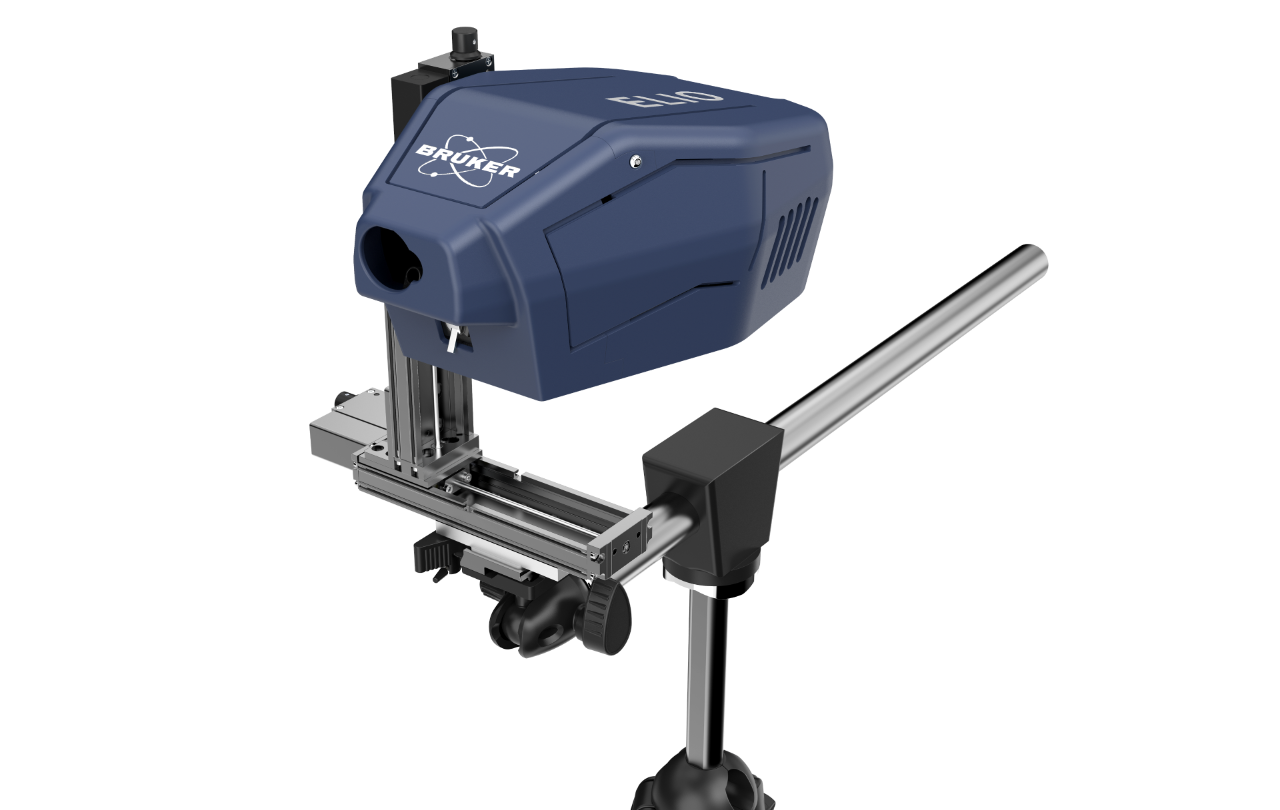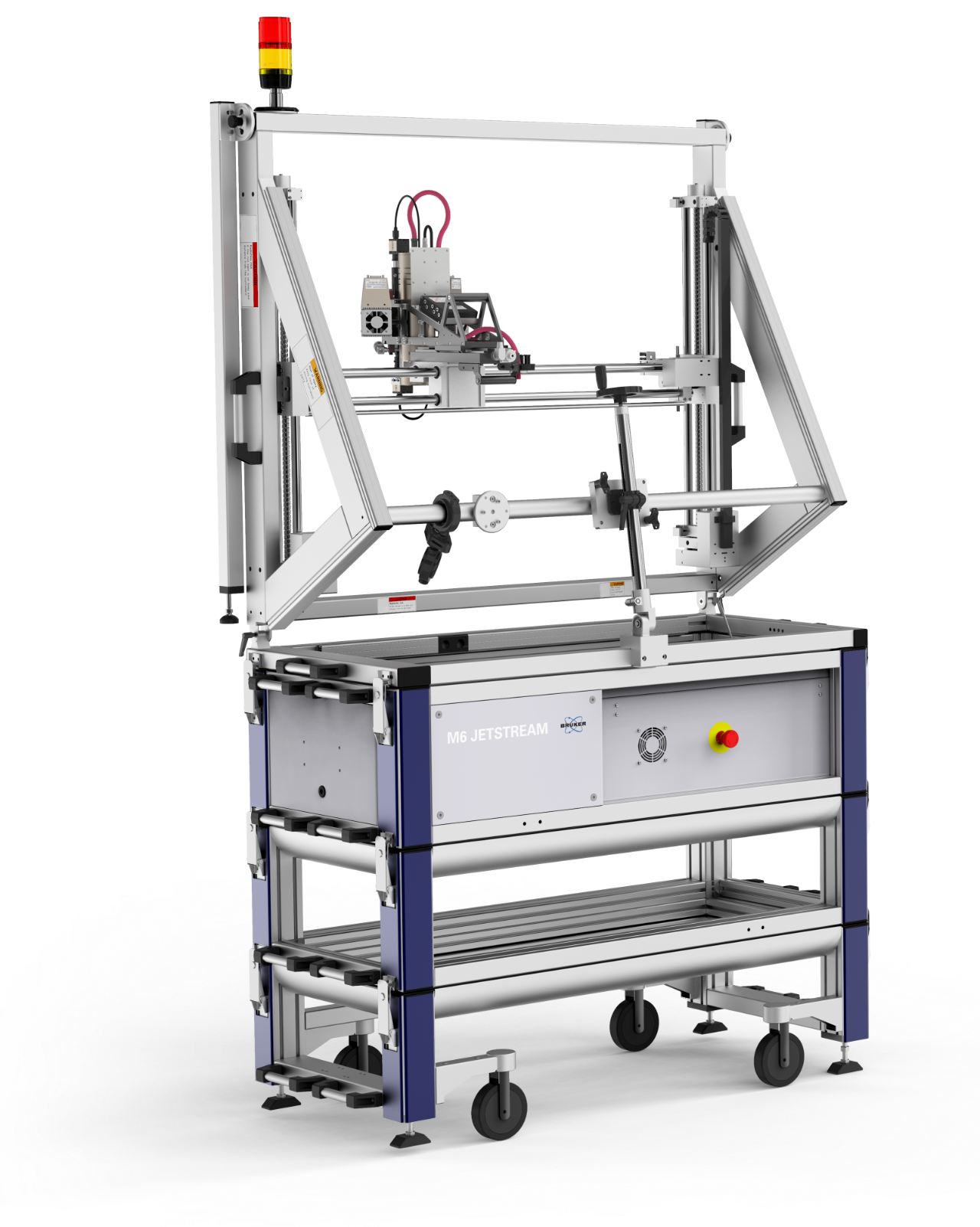Evolution of a Masterpiece
In 2004-5, infrared reflectography (IRR) revealed the preliminary sketches for a completely different painting hidden beneath the surface of Leonardo's Virgin of the Rocks. Why did Leonardo abandone his original design and replace it with the one we see today recorded in paint?
In 2019, XRF mapping using Bruker's M6 JETSTREAM not only confirmed this earlier discovery of the figure of the Virgin, but uncovered tantalizing details showing an earlier depiction of the angel and baby Jesus. Revealed in X-ray maps of the element zinc, the position of the figures and their relationship with each other in this abandoned composition is very different to that in the final painting.
While we may never know why Leonardo changed his mind before commiting to the painting we see now, combining XRF, IRR and Hyperspectral Imaging (HSI) shows just what might have been!
Recent Publications
Learn more here:
A. van Loon, P. Noble, D. de Man, M. Alfeld, T. Callewaert, G. Van der Snickt, K. Janssens, J. Dik
Heritage Science, 8:90, 2020
Learn more here:
Salvator Mundi: an investigation of the painting’s materials and techniques.
Nica Gutman Rieppi, Beth A. Price, Ken Sutherland, Andrew P. Lins, Richard Newman, Peng Wang, Ting Wang, Thomas J. Tague Jr.
Heritage Science, 8:39, 2020


